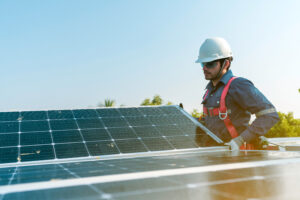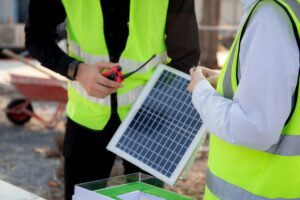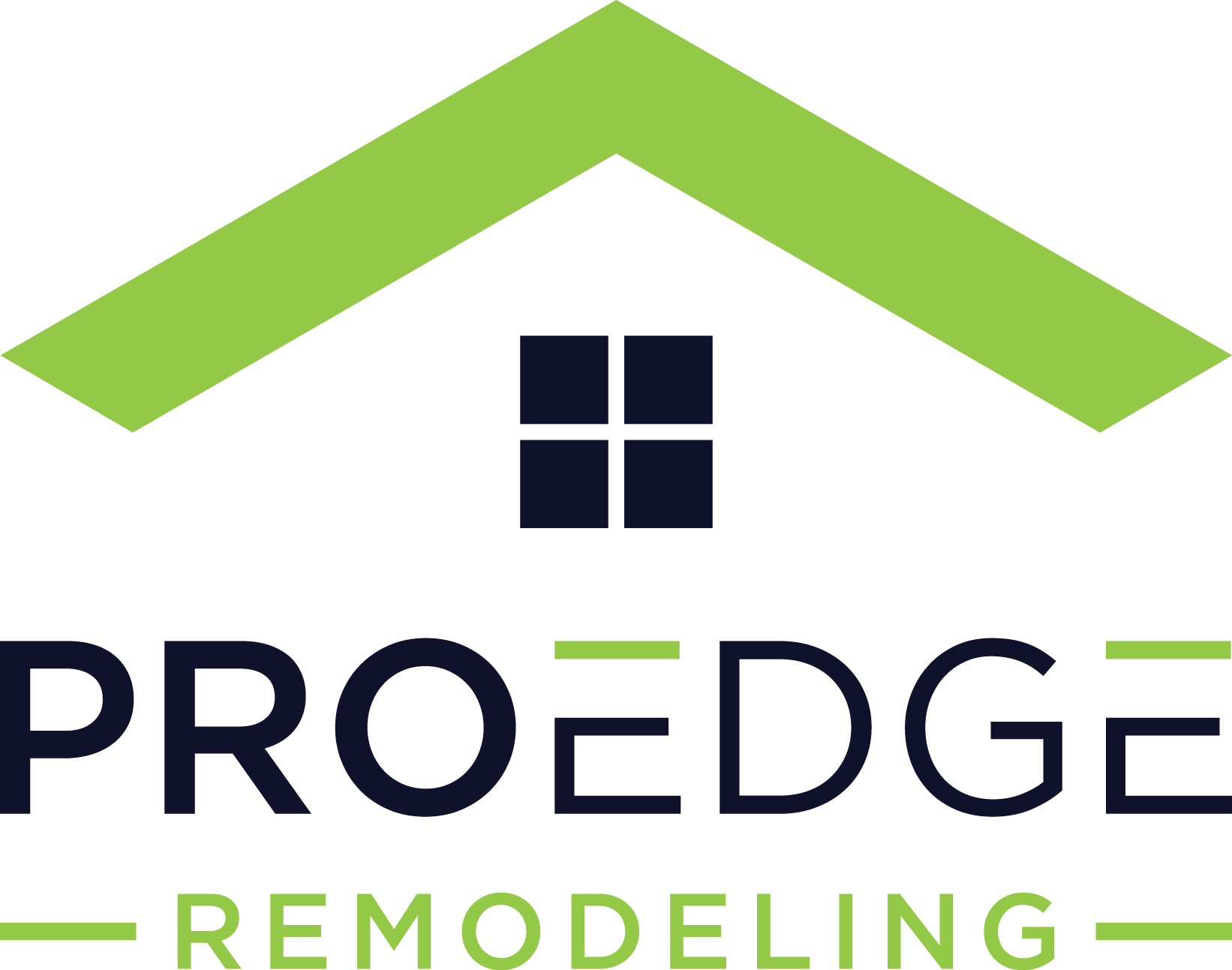What to Expect for Your Solar Installation

Now that you have done your due diligence and determined solar paneling is the way to go for your home, it’s time to prepare for installation. Just like any other undertaking of this type, working with an experienced contractor is key as every house has its own particular characteristics which should be taken into account during installations. Following these tips will ensure everything runs smoothly. Find out what to expect throughout each stage of the solar setup process and how best to get ready.
The Installation Process
Solar panel installation for the home is a multi-step process that begins with calculating your energy needs and ends with activation. Along the way, tasks like designing a system layout, acquiring permits from local governments, selecting equipment suppliers and installing panels take place in order to make sure you have access to solar power as soon as possible. Here are some things you can expect during the installation process:

1. Site Assessment
A solar installer will visit your property to assess the site’s suitability for solar energy. They will evaluate factors such as roof orientation, shading, and structural integrity to determine the best location for the solar panels.
2. Design and Permitting
Based on the site assessment, the solar installer will design a custom system that meets your energy needs and maximizes the amount of energy your panels will produce. Once the site assessment is complete, the installer will design the solar system and obtain any necessary permits. This may involve submitting plans to your local government for approval.
3. Installation
The installation process will typically involve mounting the solar panels onto your roof or a ground-mounted system. The installer will also install the inverter and other necessary components, such as wiring and safety equipment.
4. Inspection and Interconnection
Once the solar panels are installed, the installer will typically arrange for a final inspection to ensure that the system is up to code. The installer will also arrange for the system to be connected to the grid or to a battery backup system, if applicable.
5. Activation
Once the system is inspected and connected, you’ll be ready to start generating solar energy! The installer will typically walk you through how to monitor the system and explain how to take advantage of any incentives or rebates that may be available.
The installation process can vary depending on the size and complexity of your solar system, as well as your local regulations and utility requirements. However, a reputable solar installer should guide you through each step of the process and ensure that you have a smooth and successful installation.
Installation Factors
1. Location
The sun is an essential resource for powering your home with solar energy – the brighter and more consistent the sunshine, the better! Areas like parts of Arizona or California that see abundant beams of sunlight are ideal locations to install a photovoltaic system. On the other hand, those living in shadier regions might need modifications before their property can capitalize on this eco-friendly alternative!
2. Roof Type and Condition
The shape and state of your roof can significantly affect the solar panel installation process. If you have a flat top, for instance, customized mounting systems may be necessary to ensure its stability. Furthermore, an aged or damaged rooftop should receive some attention before moving forward with any solar arrangements.
3. Shading
Get the most out of your solar system by ensuring its location is free from obstruction. Trees, buildings and other structures casting shade can severely lower performance during peak sunlight hours.
4. System Size
Your solar system should be tailored to your specific needs. Consider the amount of energy you need, how much sunlight your property receives, and what space is available for installation when deciding on a size. Though larger systems can generate more electricity, they often come with higher upfront costs.
5. Incentives and Rebates
On top of energy savings, you could be eligible for financial perks in the form of incentives and rebates just by installing solar. Governments across different levels may provide funds to lessen your total system cost – so don’t forget to look into regional offers available to you.
Additional Solar Resources

Anna has over six years of experience in the home services and journalism industries and serves as the Content Manager at MyHomePros.com, specializing in making complex home improvement topics like HVAC, roofing, and plumbing accessible to all. With a bachelor’s degree in journalism from Auburn University, she excels in crafting localized, comprehensive guides that cater to homeowners’ unique needs. Living on both coasts of the United States has equipped her with a distinctive perspective, fueling her passion for turning any house into a cherished home through informed, personalized decision-making.
Connect with top-rated local contractors who can help you with siding, roofing, HVAC, windows, and more. Get free quotes from verified professionals in your area today.








